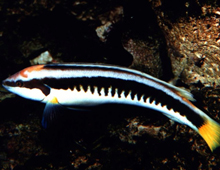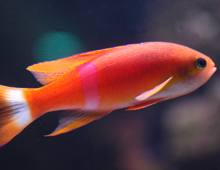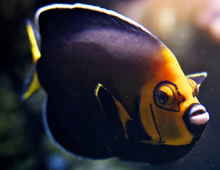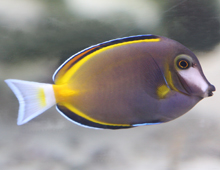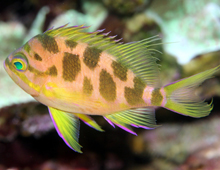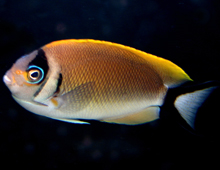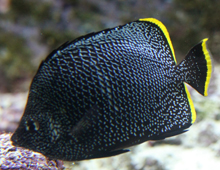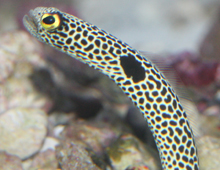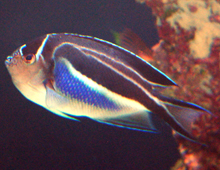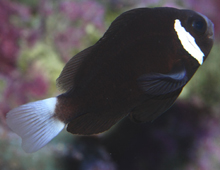
Once rarely displayed in public aquariums, the McCullochi clownfish has recently become available to aquarium hobbyists around the world. Like other species of clownfish, the McCullochi clownfish lays a patch of bright orange eggs at regular intervals, usually in close proximity to its host anemone. Both parents care for the developing embryos and can be seen carefully tending the eggs and fiercely protecting them from potential predators.

